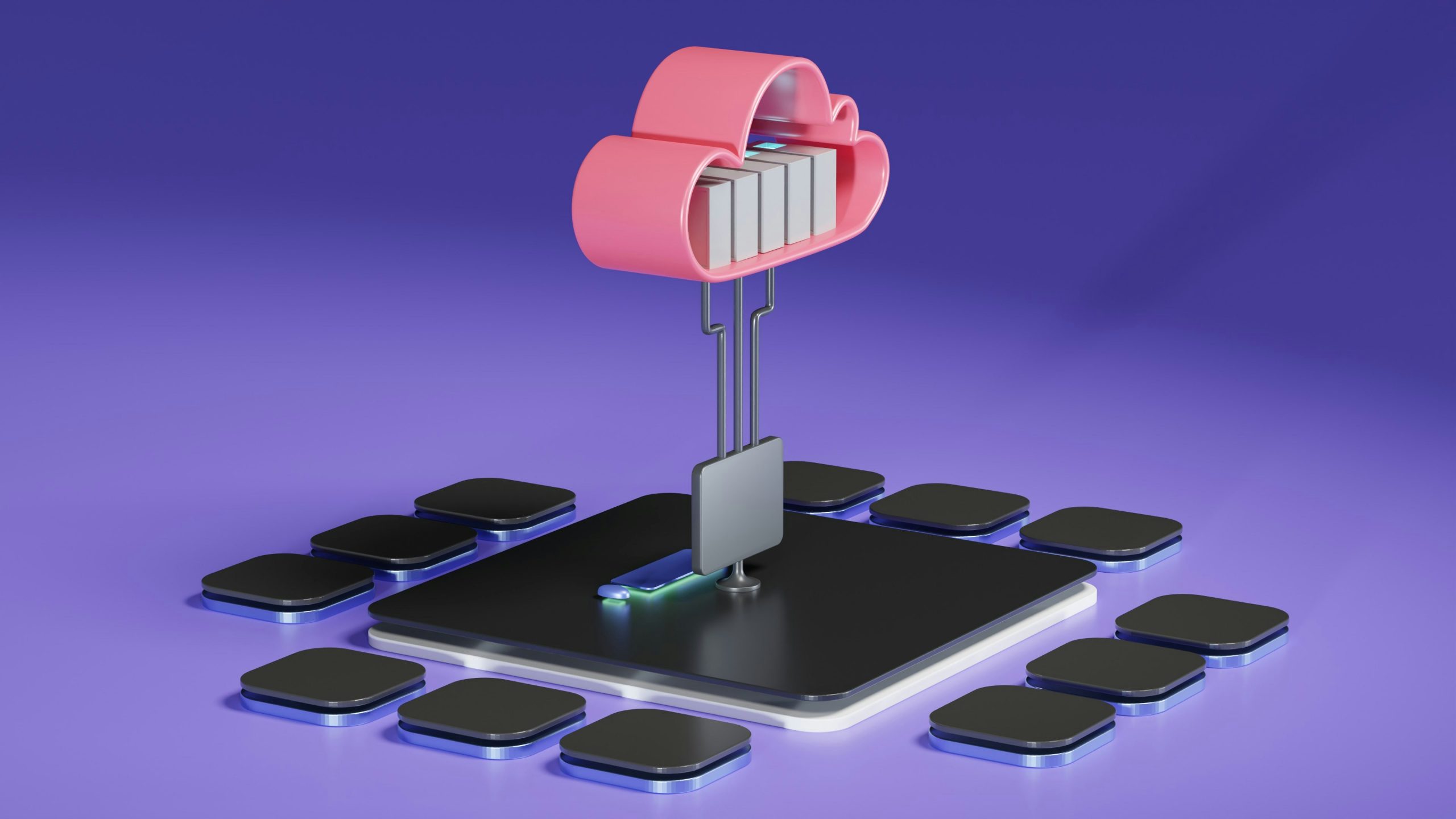As we all know, all good things come to an end. That is also the case for web features. There may have been a time when that feature was the talk of the town, and imagining its end would have been almost impossible. Even great companies end their features such as Spotify with their Spotify Live, Airbnb pausing its Experiences feature and Google with their infamous Google +.
As time passes, the feature adoption rate drops, technology evolves and strategic shifts come into action.
The following list is one of the reasons why you and your team should consider letting go of one of the product’s functionalities. As Elsa would say, « let it go, » and if Frozen has taught us anything is that it is best that way.
1. Less is more
There is a reason Marie Kondo is so popular. You won’t thrive in a cluttered home, and it goes the same for products. Focusing on fewer core functionalities that are visible and accessible to consumers are more vital than having too many.
This follows the lines of the Pareto principle, where 20% of activities generate 80% of results. It’s also backed up by the Chaos report by the Standish Group showcasing that 64% of features are rarely used. Even more so, maintaining unused features have a hidden cost. Whether it is from a software perspective where you have to maintain and alter the code for new features, or from a non-software one where additional services and benefits are still things to support.
"64% of features are rarely used."
2. It keeps you from improving your product
Keeping features which are no longer relevant keeps you from adjusting the product to your persona. Allocating time and resources to already existent features gives fewer possibilities to monitor customer feedback, product data and competitive landscape. To stay ahead, it’s important to not undermine product’s innovation and strategic improvement;
3.The market has moved on
Simply put, you cannot fight against the technological improvements and the changing market trends.
One example of this is Apple ending its Itunes Store in 2019. The transition was driven by the rise of streaming services and the decline of digital music downloads. iTunes disappeared and led to the creation of Apple Music, a cloud subscription-based music streaming platform.
4. The customer don't use it enough
Sometimes the feature doesn’t find its audience and there is low to no interest in the feature. However, it is important to wonder if the failure is due to the functionality itself or is it a UX problem : difficulty to access/ bad placement.
"It's important to wonder if the failure is due to the functionality itself or bad UX"
5. Strategic shift
One of the valid reasons for removing a feature is if your company is shifting to a different persona or market.
Affligem, a brand of specialty beer I used to work on, shifted its persona from elderly beer aficionados to young specialty and craft beer enthusiasts. In fact, overtime the target consumer has changed, and it needed a complete rebranding from new strategy alignment to communication and packaging.
The good news: This will free up resources, budget, and energy for your team to focus on more forward-looking product plans.





